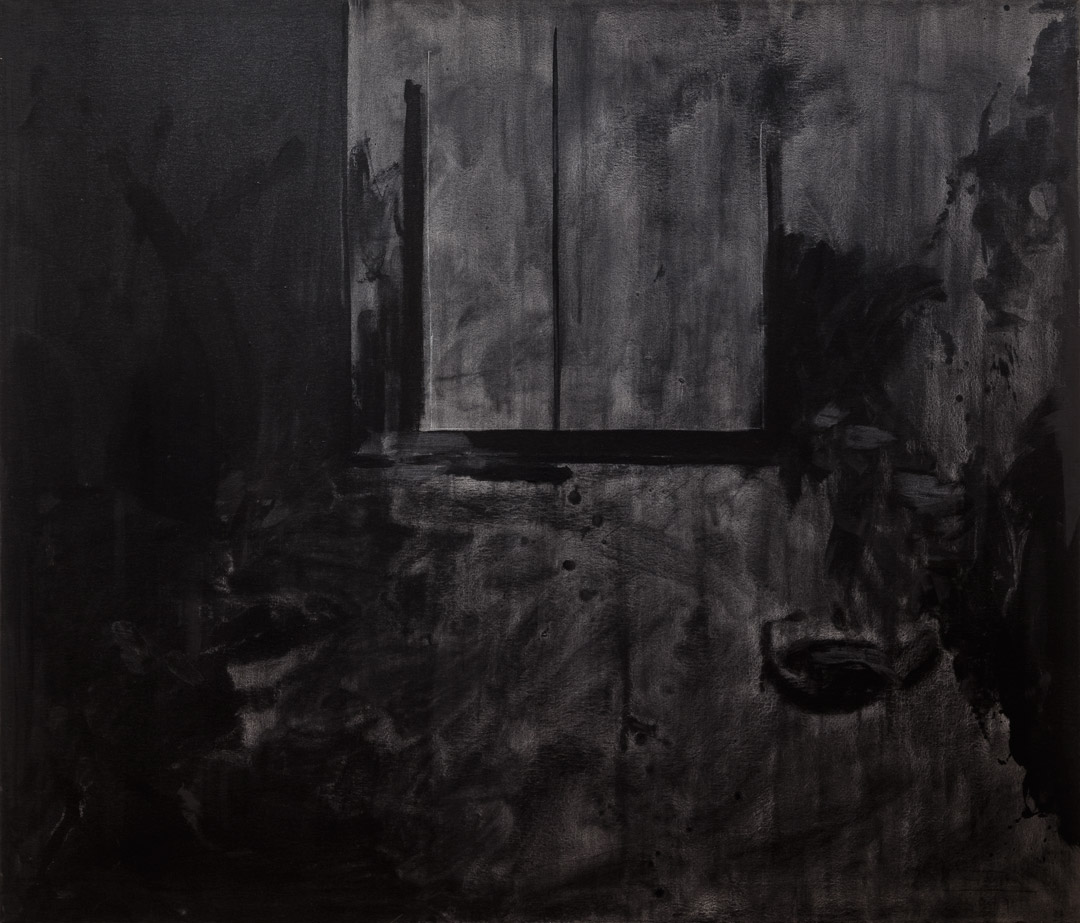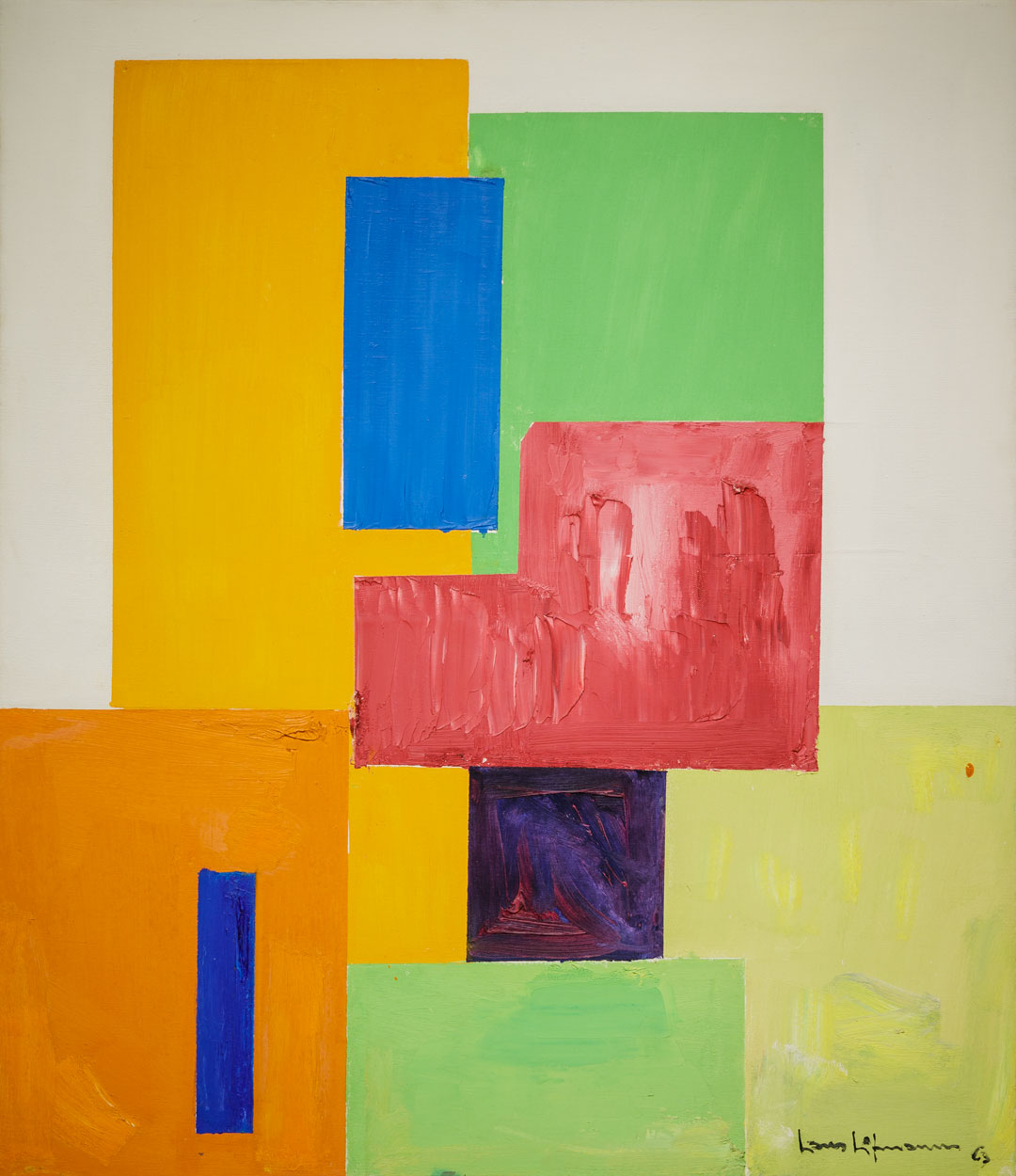In Plato’s Cave, No. 4, 1973

“The emergence of abstract art is a sign that there are still men of feeling in the world. Men who know how to respect and follow their inner feelings, no matter how irrational or absurd they may first appear. From their perspective, it is the social world that tends to appear irrational and absurd.”
—Robert Motherwell
The In Plato’s Cave series is part of Robert Motherwell’s ongoing fascination with the opposition between the conscious and subconscious life in modernity. Motherwell’s interest in Surrealist automatism—a method of painting in which the subconscious mind guides the artist’s hand—was a jumping off point for distilling psychological chaos into more minimal, essential forms. The series’ title refers to Greek philosopher Plato’s Allegory of the Cave, in which a group is chained to the wall of a cave for their entire lives, watching the shadows of things passing behind them projected on the cave wall. For those inside the cave, the shadows form the only reality they know. In Plato’s Cave, No. 4 uses richly layered greys to lend texture the monochromatic field of color and suggest a three dimensional space of great depth, submerging viewers into a realm where reality is subjective.



